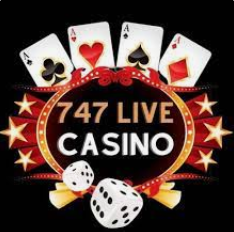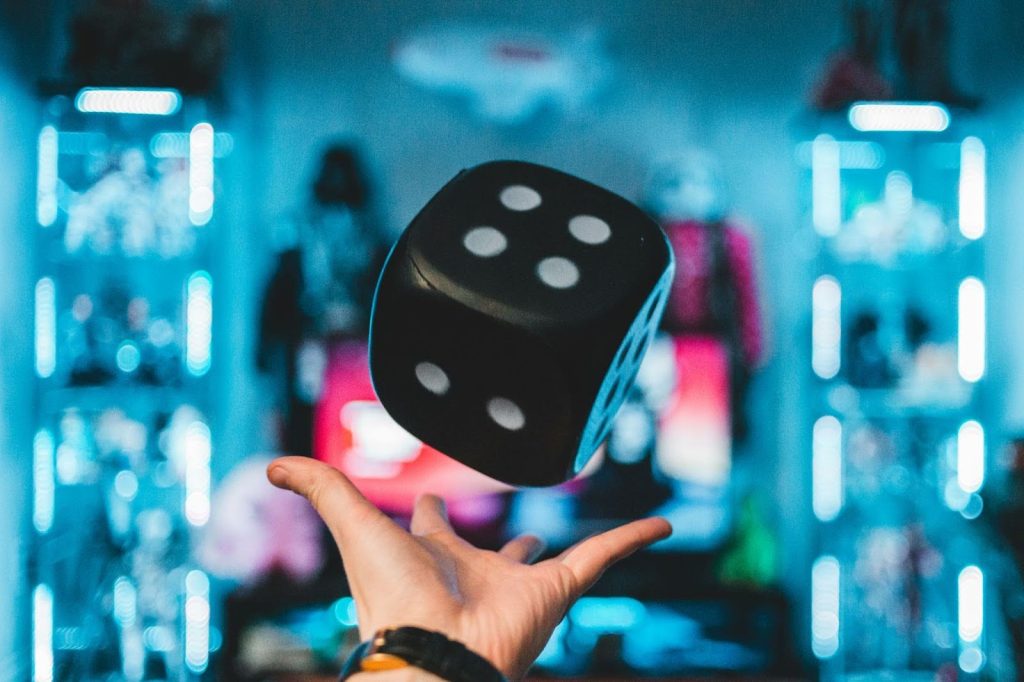🎰 Gambling in the U.S.: How It Became a Mainstream Form of Entertainment
Once seen as a niche pastime or even a vice, gambling has become a mainstream form of entertainment in the United States. From dazzling casinos to online poker rooms, sports betting apps, and fantasy leagues, millions of Americans now engage with gambling not only for the chance to win money but for the thrill, convenience, and community it provides.
This cultural shift didn’t happen overnight. It’s the result of various technological, social, and economic trends converging—and it’s reshaping the landscape of modern entertainment.
📱 Accessibility: Gambling at Your Fingertips
One of the biggest drivers behind gambling’s transformation has been accessibility.
In the past, players had to visit land-based casinos—often in specific states—to place bets. Today, with the rise of online and mobile platforms, gambling is as easy as tapping a screen. Whether you’re commuting, on your lunch break, or relaxing at home, you can play a hand of blackjack or place a bet on a game in seconds.
Even in states with stricter laws, such as Texas, offshore casinos and crypto-friendly platforms offer a workaround. As iGaming expert Alex Hoffman explains, many of these sites offer provably fair games, faster withdrawals, and generous bonuses, making them attractive to players seeking both entertainment and value.
Moreover, gambling has become more casual. You no longer need to dress up for a poker night or plan a weekend trip to a casino. Today’s platforms allow you to dip in and out whenever you like—no velvet ropes required.
🏨 Casinos Reimagined as Entertainment Hubs
Land-based casinos have also evolved. They’re no longer just venues for slot machines and poker tables—they’re now multi-experience entertainment destinations.
Think of Las Vegas: a city once defined by gambling is now synonymous with five-star restaurants, concerts, Cirque du Soleil shows, nightclubs, and even luxury shopping. Atlantic City, Reno, and tribal casinos across the U.S. have followed suit, blending local culture with global entertainment.
Many modern casino resorts are also family-friendly, offering spas, pools, and live performances. The result? A transformation from gambling-only venues into tourism hotspots that attract gamblers and non-gamblers alike.
🏈 Sports Betting: The Game Within the Game
Since the U.S. Supreme Court overturned the federal ban on sports betting in 2018, the floodgates have opened. Sports betting is now legal in over 30 states, and it’s fast becoming a core part of the fan experience.
Betting on games doesn’t just add a layer of excitement—it’s changing how people consume sports. Odds are now featured during live broadcasts, and placing a bet has become as common as choosing your fantasy football lineup.
Daily fantasy sports platforms and office pools for events like March Madness also blur the lines between entertainment and gambling. Betting isn’t just about money anymore—it’s about community, competition, and engagement.
💡 Technology: Making Gambling Seamless and Social
Technology has supercharged the gambling experience, making it more immersive, interactive, and accessible.
-
Mobile apps allow you to bet anytime, anywhere.
-
Live dealer games recreate the in-person casino vibe from the comfort of your home.
-
Streaming platforms like Twitch have turned gambling into spectator entertainment, with influencers sharing wins, losses, and live commentary.
-
VR and AR casinos are beginning to emerge, allowing players to interact in virtual spaces with avatars and realistic casino environments.
These innovations make gambling more than just a solo activity—they transform it into a social digital experience, much like online gaming or esports.
🎁 Bonuses and Loyalty: Gamifying the Experience
One of the most enticing aspects of modern gambling platforms is their reward systems.
-
Welcome bonuses, free spins, cashback, and loyalty points mimic the appeal of streaming platform trials and gaming subscriptions.
-
VIP programs and frequent promotions give players reasons to return—sometimes daily.
-
These rewards decrease the perceived risk while increasing user satisfaction.
Just like shoppers enjoy loyalty discounts or frequent flyer perks, gamblers appreciate being rewarded for engagement, not just wins.
🎬 Gambling in Pop Culture: From Taboo to Trendy
The glamor and excitement of gambling have long been romanticized in films like Casino, Rounders, and Ocean’s Eleven. Today, that legacy continues across TV shows, music videos, podcasts, and YouTube channels.
Poker tournaments air on sports networks. Casino streams go viral on Twitch. Even A-list celebrities partner with casinos and iGaming brands. Pop culture has helped normalize gambling—and even elevate it to a fashionable lifestyle pursuit.
When audiences see public figures engaging in gambling with small stakes and high style, it removes stigma and reinforces the idea that gambling is just another form of recreation—like watching a movie or playing a video game.
👥 The Social Side of Gambling
Whether you’re hosting a poker night or joining a tournament online, gambling is inherently social.
-
Online platforms now include chat features, so players can interact in real-time.
-
Communities form around strategies and shared interests, fostering a sense of camaraderie.
-
Events like bingo nights or slot tournaments are more about the fun and community than the money.
This social appeal brings gambling closer to other forms of digital interaction, making it more like a party than a private pursuit.
🛡️ Regulation and Trust: Safer Than Ever
Gambling’s reputation has improved thanks to increasing regulation and transparency.
Licensed platforms are now required to offer:
-
Responsible gambling tools like deposit limits and timeouts
-
Verified odds and RTP (return-to-player) rates
-
Secure payment systems
-
Age verification and identity checks
These safeguards have reassured both users and regulators, contributing to gambling’s new image as a safe and controlled form of entertainment.
States are also reaping the benefits: tax revenue from legal gambling is funneled into public services, infrastructure, and education. That’s led to a more positive societal perception—and more willingness from lawmakers to support expansion.
🔗 Crossovers with Other Industries
Gambling is increasingly integrated into other industries, making it even more mainstream:
-
Casino partnerships with sports leagues increase exposure and legitimacy.
-
Gamification of casino apps borrows heavily from mobile games.
-
Live events, concerts, and branded merchandise tie the gambling world into music and fashion.
-
Streaming deals ensure global reach for poker tournaments and betting events.
These crossovers ensure that gambling isn’t isolated—it’s part of the broader entertainment ecosystem.
🎯 Conclusion: Gambling’s Place in Modern Entertainment
From Las Vegas showrooms to smartphone screens, gambling in the U.S. has evolved far beyond simple bets. It’s now a multifaceted entertainment industry, blending elements of gaming, sports, social media, and culture.
Thanks to accessibility, technology, regulation, and pop culture, gambling is no longer just about risk—it’s about experience, community, and fun. With millions of Americans engaging in some form of betting every year, it stands alongside movies, streaming, sports, and video games as a defining part of today’s leisure landscape.

